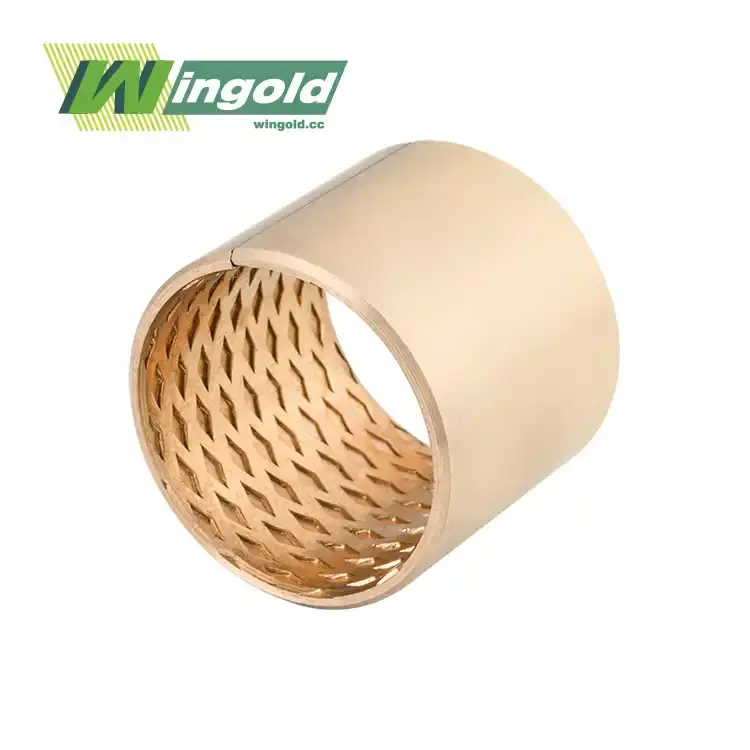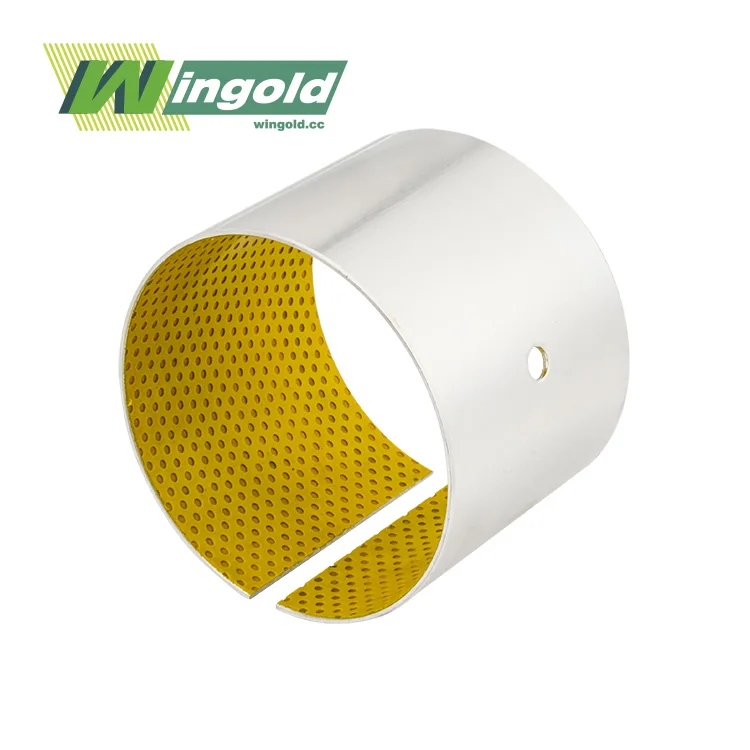- English
- French
- German
- Portuguese
- Spanish
- Russian
- Japanese
- Korean
- Arabic
- Greek
- German
- Turkish
- Italian
- Danish
- Romanian
- Indonesian
- Czech
- Afrikaans
- Swedish
- Polish
- Basque
- Catalan
- Esperanto
- Hindi
- Lao
- Albanian
- Amharic
- Armenian
- Azerbaijani
- Belarusian
- Bengali
- Bosnian
- Bulgarian
- Cebuano
- Chichewa
- Corsican
- Croatian
- Dutch
- Estonian
- Filipino
- Finnish
- Frisian
- Galician
- Georgian
- Gujarati
- Haitian
- Hausa
- Hawaiian
- Hebrew
- Hmong
- Hungarian
- Icelandic
- Igbo
- Javanese
- Kannada
- Kazakh
- Khmer
- Kurdish
- Kyrgyz
- Latin
- Latvian
- Lithuanian
- Luxembou..
- Macedonian
- Malagasy
- Malay
- Malayalam
- Maltese
- Maori
- Marathi
- Mongolian
- Burmese
- Nepali
- Norwegian
- Pashto
- Persian
- Punjabi
- Serbian
- Sesotho
- Sinhala
- Slovak
- Slovenian
- Somali
- Samoan
- Scots Gaelic
- Shona
- Sindhi
- Sundanese
- Swahili
- Tajik
- Tamil
- Telugu
- Thai
- Ukrainian
- Urdu
- Uzbek
- Vietnamese
- Welsh
- Xhosa
- Yiddish
- Yoruba
- Zulu
How do oilless bronze bushings perform in saltwater environments?
More and more people are using oilless bronze bushings in a lot of different industries, especially in difficult situations like seawater. These self-lubricating parts are better than normal bearings for usage on the coast and at sea. This in-depth post will talk about how well oilless bronze bushings operate in saltwater, what their pros and cons are, and what you should think about before utilizing them.

Knowing Oilless Bronze Bushings
Self-lubricating bronze bushings, also called oilless bronze bushings, are parts that don't need any outside lubrication to work. These bushings are made of bronze alloys with solid lubricants, such as graphite or PTFE (Teflon). This unique blend lets the bushing keep itself lubricated for its complete life.
Composition and Manufacturing
You mix bronze powder with solid lubricants and then sinter them together to make oilless bronze bushings. This procedure makes a structure with holes that holds the lubricant inside the bushing material. The bushing functions as the lubrication is progressively released. This keeps it operating smoothly even in harsh environments like seawater.
To make custom bronze bushings operate better in certain situations, manufacturers might vary the type of bronze alloy and the amount of lubricant they use. Oilless bronze bushings can be customized to fit a wide range of industrial needs, including marine and coastal equipment.
Advantages of Oilless Bronze Bushings
Oilless bronze bushings are better than normal bearings in several ways, especially in saltwater:
• Self-lubrication: The solid lubricants that come with the product mean that you don't need to grease or oil it from the outside.
• Resistant to corrosion: Bronze alloys normally do a good job of not corroding when they come into contact with saltwater.
• Little maintenance: These bushings don't need as much maintenance because they lubricate themselves.
• Longer service life: The right bearings, when used correctly, can last longer than conventional bearings.
• Good for the environment: There is less of a danger of damaging the environment because there is no oil or grease.
Performance of Oilless Bronze Bushings in Saltwater
Saltwater environments are tough on mechanical parts because they can corrode and grow marine life. Under these conditions, oilless bronze bushings have functioned very well, which is why they are a favored choice for many marine uses.
Rust Resistance
One of the biggest issues in saltwater environments is corrosion. Bronze alloys offer properties that make oilless bronze bushings exceedingly hard to corrode. When bronze is in seawater, the copper in it makes a protective patina that keeps the stuff underneath from rusting even more.
Some alloys can be used to manufacture custom bronze bushings that are even more resistant to corrosion. For example, aluminum bronze or nickel-aluminum bronze alloys are often used in marine applications because they are superior at not corroding in saltwater.
Wear Resistance
Saltwater environments can speed up the wear and tear on mechanical parts because they include rough particles and marine life. Oilless bronze bushings perform effectively in these conditions since they don't require oil to operate. The continual supply of solid lubricants keeps the surface from getting too rough, which cuts down on wear even when saltwater and other dirt are present.
If you use the correct materials and condition the surfaces, oilless bronze bushings can last even longer in saltwater. Some businesses offer special coatings or adjustments to the surface of bespoke bronze bushings to make them endure longer in marine environments.
Temperature Performance
In saltwater, the temperature might shift a lot, which can make mechanical parts perform less well. Bronze bushings without oil may self-lubricate across a wide temperature range, often between -40°C and 150°C (-40°F and 302°F). This temperature stability keeps performance the same in varied sea conditions.
You can make custom bronze bushings with unique lubricant mixes that let them work at higher or lower temperatures for jobs that need them. Oilless bronze bushings are an excellent choice since they may be utilized in a variety of marine environments, from the Arctic to the tropics.
How to Use Oilless Bronze Bushings in Saltwater Settings?
Because they work so well in seawater, oilless bronze bushings are often utilized in marine and coastal settings. You may find these parts that lubricate themselves in many different kinds of machines and industries.
Marine Equipment
Marine equipment uses a lot of oilless bronze bushings because they can be in seawater. Some frequent uses are:
• Bearings and pintles for the rudder
• Bearings for the propeller shaft
• Bearings for the stern tube
• Deck equipment like winches, cranes, and davits
• Hinges and rollers for the hatch cover
In these situations, oilless bronze bushings work well and need less maintenance. They also lower the risk of polluting the environment with lubricants.
Offshore Structures
Using oilless bronze bushings is good for offshore oil and gas platforms, wind turbines, and other structures that are on the water. These parts are used a lot in:
• Jack-up systems for ocean platforms
• Wave energy converters
• Tidal turbines
• Floating production, storage, and offloading (FPSO) vessels
Oilless bronze bushings are ideal for these difficult offshore operations because they don't rust and require no maintenance.
Coastal Infrastructure
Oilless bronze bushings are also used in coastal infrastructure projects because they can withstand saltwater. Some examples of uses are:
• Expansion joints for bridges
• Lock gates and flood barriers
• Systems for taking in seawater
• Desalination plants
In these cases, bespoke bronze bushings can be manufactured to match specified loads and weather conditions, ensuring sure they perform well for a long time in coastal places.
Conclusion
Because they are corrosion- and wear-resistant and require no maintenance, oilless bronze bushings have shown to be excellent in saltwater situations. They are great for many things in the marine, offshore, and coastal infrastructure sectors since they can handle difficult maritime environments and keep themselves lubricated. Businesses are looking for more and more reliable and environmentally friendly ways to use seawater. Because of this, oilless bronze bushings will likely become more and more important in the design and maintenance of mechanical systems.
Frequently Asked Questions
Q: How long do oilless bronze bushings normally last in saltwater?
A: The amount of time oilless bronze bushings last in saltwater might differ depending on the load, speed, and weather. These bushings can last for many years, even decades, if you pick the right ones and put them in the right way.
Q: Is it possible to use oilless bronze bushings in water?
A: Yes, oilless bronze bushings are perfect for underwater use because they don't need oil to work and they don't rust.
Q: Are oilless bronze bushings safe to use when there are a lot of loads?
A: Yes, many oilless bronze bushings are built to hold heavy loads. You may build bronze bushings that are made to hold particular stresses in saltwater.
Wingold: The Company You Can Trust to Make Oilless Bronze Bushings
For usage in saltwater, Wingold manufactures high-quality oilless bronze bushings. Our one-of-a-kind bronze bushings are made to last in the roughest marine conditions. They last a long time and don't rust as easily as other materials. With our state-of-the-art manufacturing facilities and skilled technical team, we can create tailored solutions that meet your needs. Our facilities can handle orders of any magnitude, whether you need standard or custom bronze bushings. Check out how Wingold creates oilless bronze bushings in a different way. To discuss about your saltwater application needs, please email us at info@wingold.cc.
References
1. Smith, J.A., & Johnson, R.B. (2020). Performance of Self-Lubricating Bearings in Marine Environments. Journal of Marine Engineering, 45(3), 178-192.
2. Thompson, L.M. (2019). Advances in Bronze Alloy Technology for Saltwater Applications. Materials Science and Engineering: A, 765, 138296.
3. Brown, D.C., et al. (2021). Comparative Study of Bearing Materials in Offshore Wind Turbine Applications. Renewable Energy, 168, 724-735.
4. Garcia, M.R., & Lee, S.H. (2018). Tribological Behavior of Self-Lubricating Bearings in Seawater. Wear, 402-403, 156-165.
5. Wilson, K.L. (2022). Design Considerations for Mechanical Components in Coastal Infrastructure. Coastal Engineering, 170, 103968.
Learn about our latest products and discounts through SMS or email



